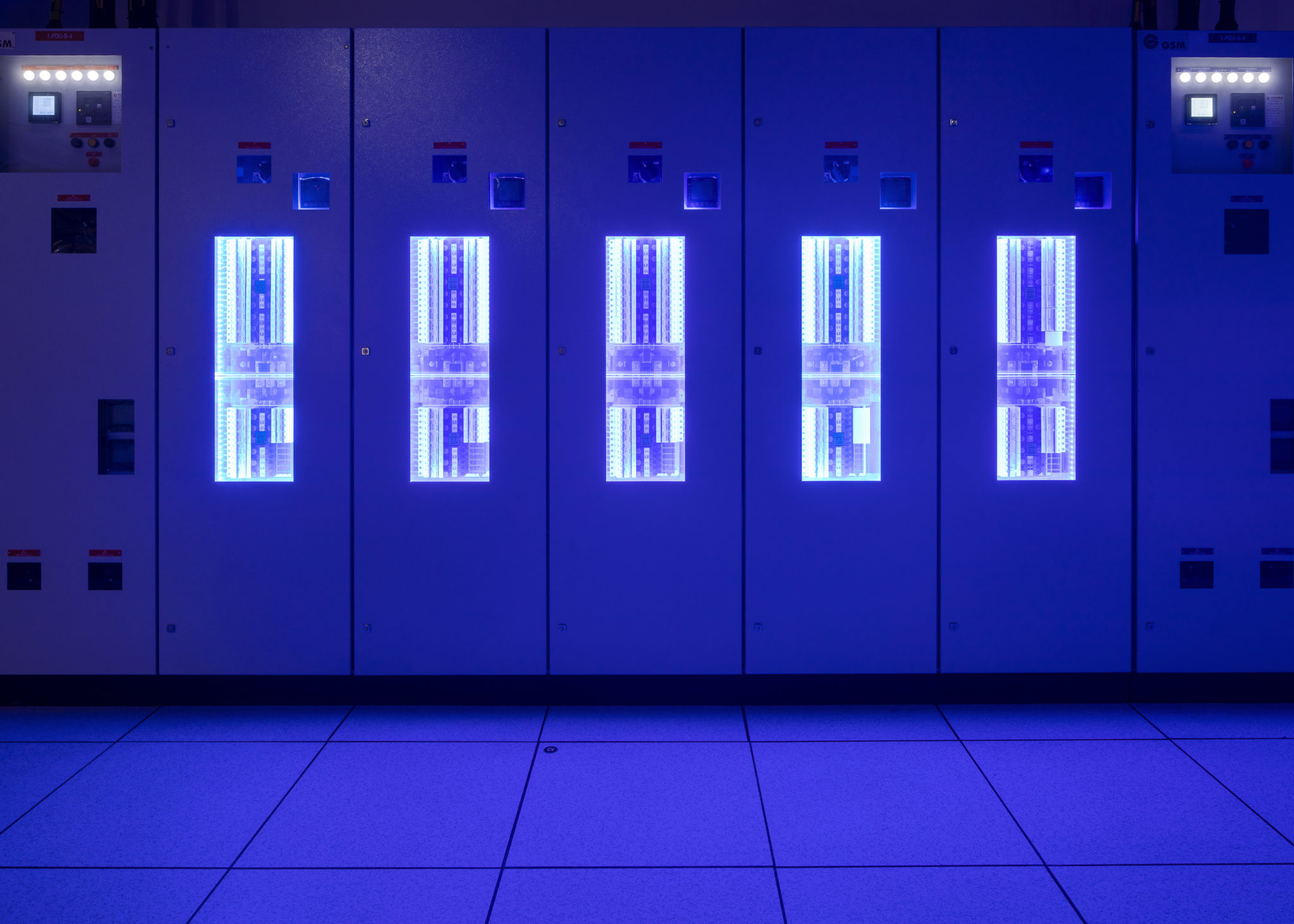
Data centre cooling may not be the hottest side of the enterprise technology world, but it's an important, and expensive, one. Get it wrong and critical IT systems overheat and melt down, taking services with them. Get it adequate-but-not-optimal and energy bills can be sky high: some 40% of the extensive energy load of data centres is used to cool IT equipment, and from underwater data centres to ones cooled by pipes full of water (try not to picture the consequences of a major leak), innovations to improve cooling efficiency are a core part of the data centre world; not least amid efforts to reduce their carbon emissions too.
As a result, those running data centres may want to take a close look at the growing bank of patents made freely available through the Low Carbon Patent Pledge -- an initiative founded in April 2021 by HPE, Microsoft, and Facebook, with a vision to improve access to technology to reduce carbon emissions -- which has gained some significant additions this month after investment bank JPMorgan, software company Micro Focus, and Emirati retailer Majid Al Futtaim all joined the initiative, donating important patents.
See also: Should estimating the power consumption of AWS EC2 instances really be quite this hard?
JPMorgan which runs a huge hybrid cloud infrastructure and has extensive experience running its own infrastructure) has pledged patents that improve HVAC (Heating, Ventilation, and Air Conditioning) system efficiency. Enterprise software company Micro Focus meanwhile has pledged patents for wind turbine management technology and methods for more efficiently distributing power.
The move comes as JPMorgan Chase says it is aiming to faciliate deployment of $2.5 trillion throughout the next 10 years to address climate change and sustainable development: $1 trillion of this target is for green initiatives; other focus areas include development finance and community development.
“Technological innovation will be key for the world to reach the goals of the Paris Agreement,” said Daryl Wooldridge, Head of Intellectual Property, JPMorgan, adding in a release: “We are committed to doing our part in advancing the transition to a low carbon economy. Making critical technology available to innovators who are developing solutions that address climate change is critical to that effort.”
The Low Carbon Patent Pledge: New patents include...
As one of the four patents gifted by JPMorgan points to the frequently desperately unsophisticated nature of date centre cooling systems, noting: “Remarkably, while modern HVAC systems may differ in size and power, the systems that are used in high-tech computer data rooms operate largely in the same manner as those used in family homes. Even more extraordinary, the HVAC units that comprise a large HVAC system do not operate together as one would expect of a modern electronic system. These individual units are not controlled by a central controller or computer such that they would work together to maintain the air of the entire environment. Instead, each operates independently to maintain the air of its individual space, often competing against each other in managing the temperature, humidity, and pressure in the room.

"The limited use of sensors compounded by the lack of direct communications with other HVAC units leads to uneven operations between the units, a situation called ‘load hopping.’ For instance, one unit may be running at full capacity while a neighboring unit runs at low capacity or sits completely idle. Moreover, it leads to constant activations, deactivations and adjustments by each HVAC unit as they each attempt, and often compete, to cool the room to the desired temperature. The units often overshoot the targeted temperature, causing other units to adjust incorrectly in response, resulting in a situation in which there is an infinite loop of readjustments by the units, with the units never hitting their targeted temperature. This causes uneven floor temperature distribution and localized supply air heating. Such a method results in tremendously inefficient power-consumption rate.”
The patented invention (one of four donated by JPMorgan) works by optimising the use of sensors and signals returned from HVAC return air temperature sensors, as well as the supply air temperature sensors: "By using both of these signals to control the fan speed and the cooling valve openings and by prioritizing the use of the cooling valves over the use of the fans in order to reduce the temperature of a room, these units, though independent from one another, act together to efficiently maintain the temperature and air quality of the entire environment. In addition, by controlling the cooling valves based, partly, on the supply air temperature, load hopping may be avoided," the patent (approved in 2016) notes.
Read this: “Through a glass, darkly?” Making sense of Data Centre sustainability
Others in the list include patents from Microsoft for managing requests for resources in a data center; from Facebook that claim to "obviate" the need for an Uninteruptible Power Supply (UPS) system by tying DC voltage from a backup power source directly to the motherboards of multiple servers in the data center; and from HPE patents for a "flexible gasket seal for direct liquid cooling of electronic devices".
With over 400 patents now available via the Low Carbon Patent Pledge (some dating back to 2001, others approved in 2019) there's a wealth of IP riches hosted by the initiative. It is likely that only larger organisations with solid R&D capacity will be able to review the IP in any depth and many may already have made their own optimisations. With many of the donated patents relating to data centre energy use, the logical next step, arguably, would be for the initiatives' members to pool their resources in a open source-style manner to deliver a unified blueprint for an optimal, energy efficient and intelligently cooled "open hardware" data centre that could be more easily picked up and used/adapted by industry.
